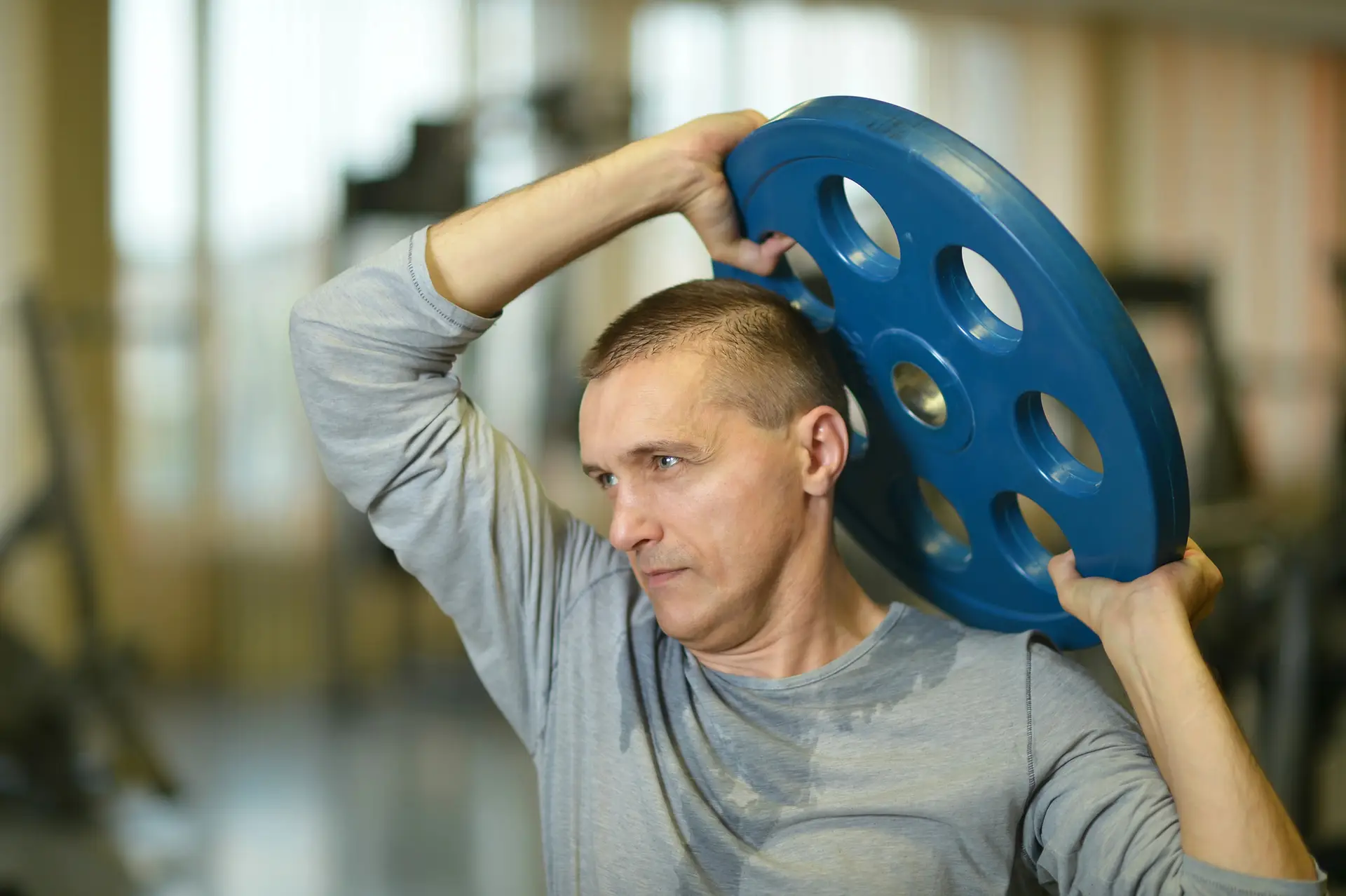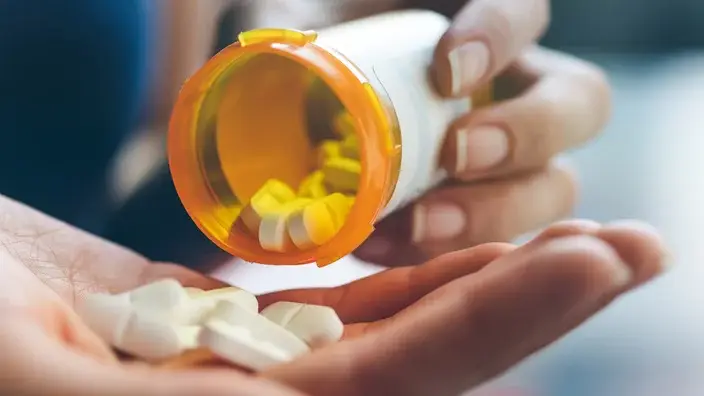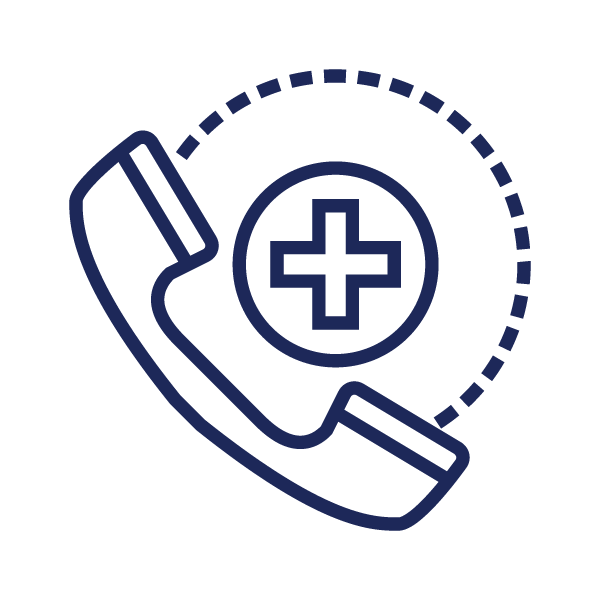Harnessing the Power of Exercise in Addiction Recovery
Introduction
Recovery from drug and alcohol addiction is a challenging journey that requires a multifaceted approach. While traditional therapies like counseling and medication-assisted treatment (MAT) are essential, incorporating exercise into recovery programs can provide significant benefits. Exercise not only enhances physical health but also supports mental and emotional well-being, making it a powerful tool for those striving to overcome addiction. Here’s why exercise should be an integral part of addiction recovery plans.
The Benefits of Exercise in Recovery
- Reduces Cravings and Withdrawal Symptoms: Regular physical activity can help mitigate the intense cravings and withdrawal symptoms that often accompany the early stages of recovery. Exercise promotes the release of endorphins, which are natural mood elevators, helping to reduce the physical and psychological discomfort associated with detoxification.
- Improves Mental Health: Addiction often co-occurs with mental health disorders such as depression and anxiety. Exercise has been shown to improve mood, reduce symptoms of depression, and alleviate anxiety. This can create a more stable mental state, which is crucial for maintaining sobriety and preventing relapse.
- Enhances Brain Function: Substance abuse can impair cognitive functions, affecting memory, decision-making, and executive function. Exercise stimulates the growth of new neurons and enhances brain plasticity, which can help repair some of the damage caused by addiction. Improved cognitive function supports better decision-making and coping skills, essential for long-term recovery.
- Provides Structure and Routine: Establishing a daily routine is vital for those in recovery. Regular exercise introduces a positive and healthy structure to the day. This can help replace the time previously spent on substance use with productive activities, reducing the likelihood of relapse.
- Promotes Social Connection: Engaging in group exercise activities, such as team sports, fitness classes, or running clubs, can foster social connections and support networks. Building positive relationships with others who share similar health goals can provide a sense of community and belonging, which is particularly beneficial for individuals recovering from addiction.
- Boosts Self-Esteem and Confidence: Addiction can erode self-esteem and self-worth. Achieving fitness goals, whether it’s running a certain distance, lifting a specific weight, or simply sticking to a regular workout routine, can boost confidence and provide a sense of accomplishment. This improved self-image can be empowering and motivate individuals to stay committed to their recovery journey.
- Manages Stress: Stress is a common trigger for substance use and relapse. Exercise is a natural and effective way to manage stress. Physical activity reduces levels of the body’s stress hormones, such as adrenaline and cortisol, and stimulates the production of endorphins, which act as natural painkillers and mood elevators.
Types of Exercise to Incorporate
- Aerobic Exercise: Activities like running, swimming, cycling, and brisk walking increase heart rate and improve cardiovascular health. They also help burn off stress and improve mood.
- Strength Training: Lifting weights or engaging in body-weight exercises like push-ups and squats can enhance muscle strength, improve bone density, and boost metabolic rate. Strength training also contributes to a sense of empowerment and achievement.
- Yoga and Mindfulness Exercises: Yoga combines physical postures with breathing techniques and meditation, promoting physical flexibility and mental relaxation. It can help individuals connect mind and body, reduce stress, and improve emotional regulation.
- Team Sports: Participating in team sports like basketball, soccer, or volleyball provides physical benefits and fosters social interaction and teamwork. These activities can build a sense of camaraderie and support among participants.
Integrating Exercise into Recovery Programs
- Personalized Fitness Plans: Tailoring exercise programs to individual preferences and fitness levels can increase adherence and enjoyment. Working with a fitness professional who understands the challenges of recovery can help design a safe and effective program.
- Combining Exercise with Therapy: Integrating exercise into existing therapy sessions, such as having walking meetings or group hikes, can reinforce the therapeutic benefits and make sessions more engaging.
- Creating a Supportive Environment: Encouraging participation in community fitness programs, gym memberships, or recovery-focused fitness groups can provide additional motivation and support. Facilities should foster a non-judgmental atmosphere where individuals feel safe and supported.
Conclusion
Exercise is a powerful, multifaceted tool that can significantly enhance the recovery process from drug and alcohol addiction. Its benefits extend beyond physical health, impacting mental, emotional, and social well-being. By incorporating regular physical activity into recovery programs, individuals can improve their overall quality of life, reduce the risk of relapse, and build a strong foundation for sustained sobriety. For healthcare providers, recognizing and advocating for the role of exercise in recovery can make a profound difference in the lives of those striving to overcome addiction.






